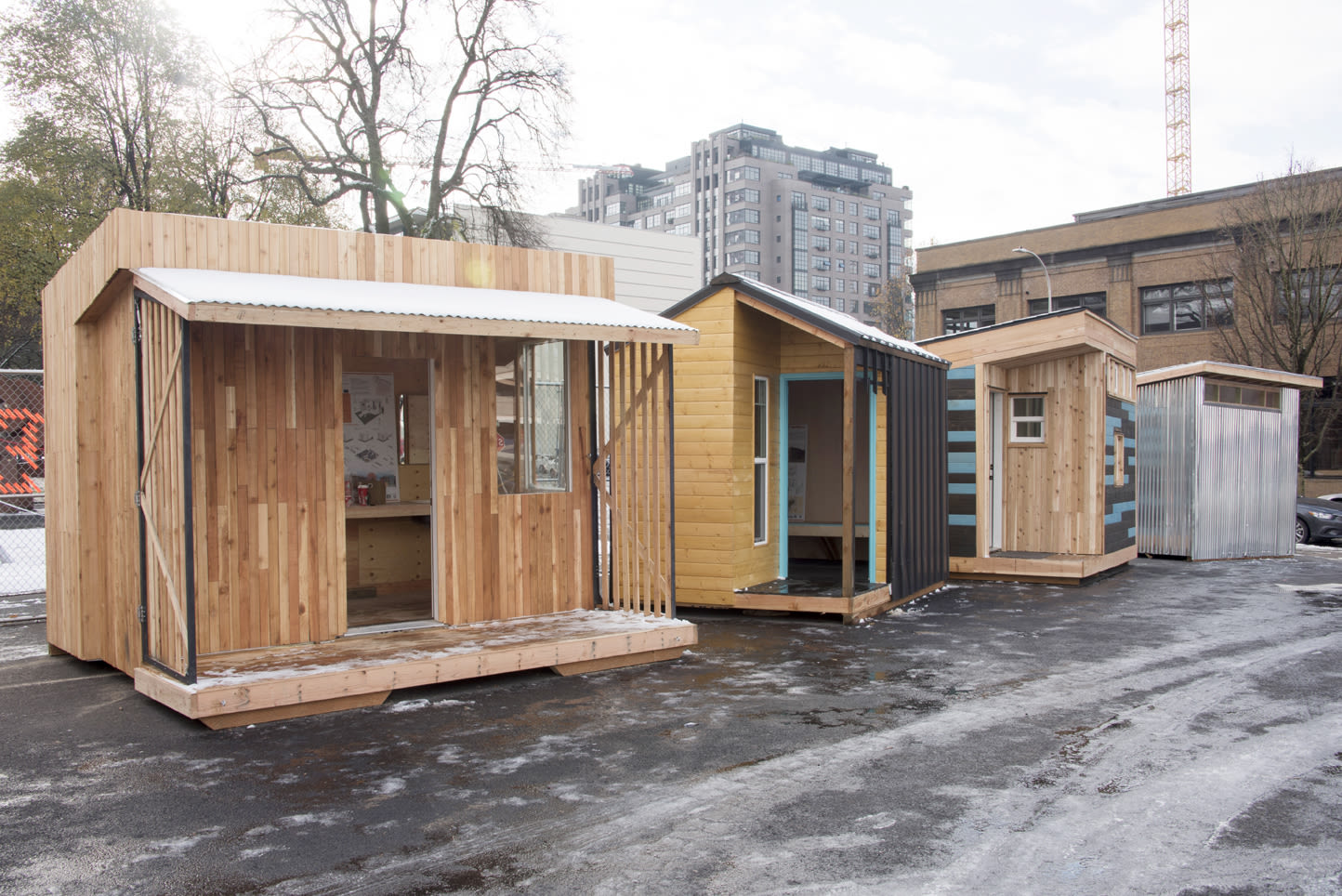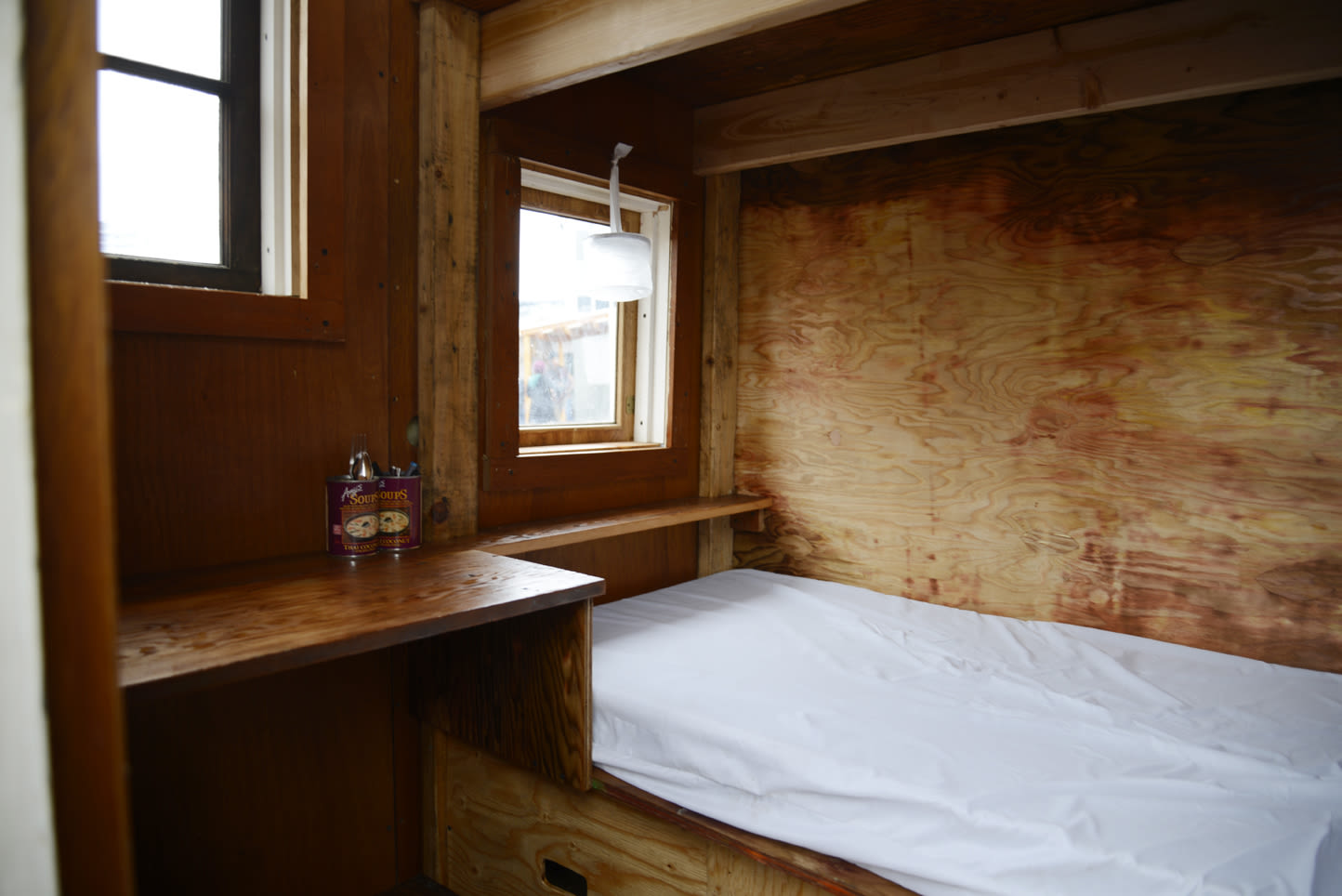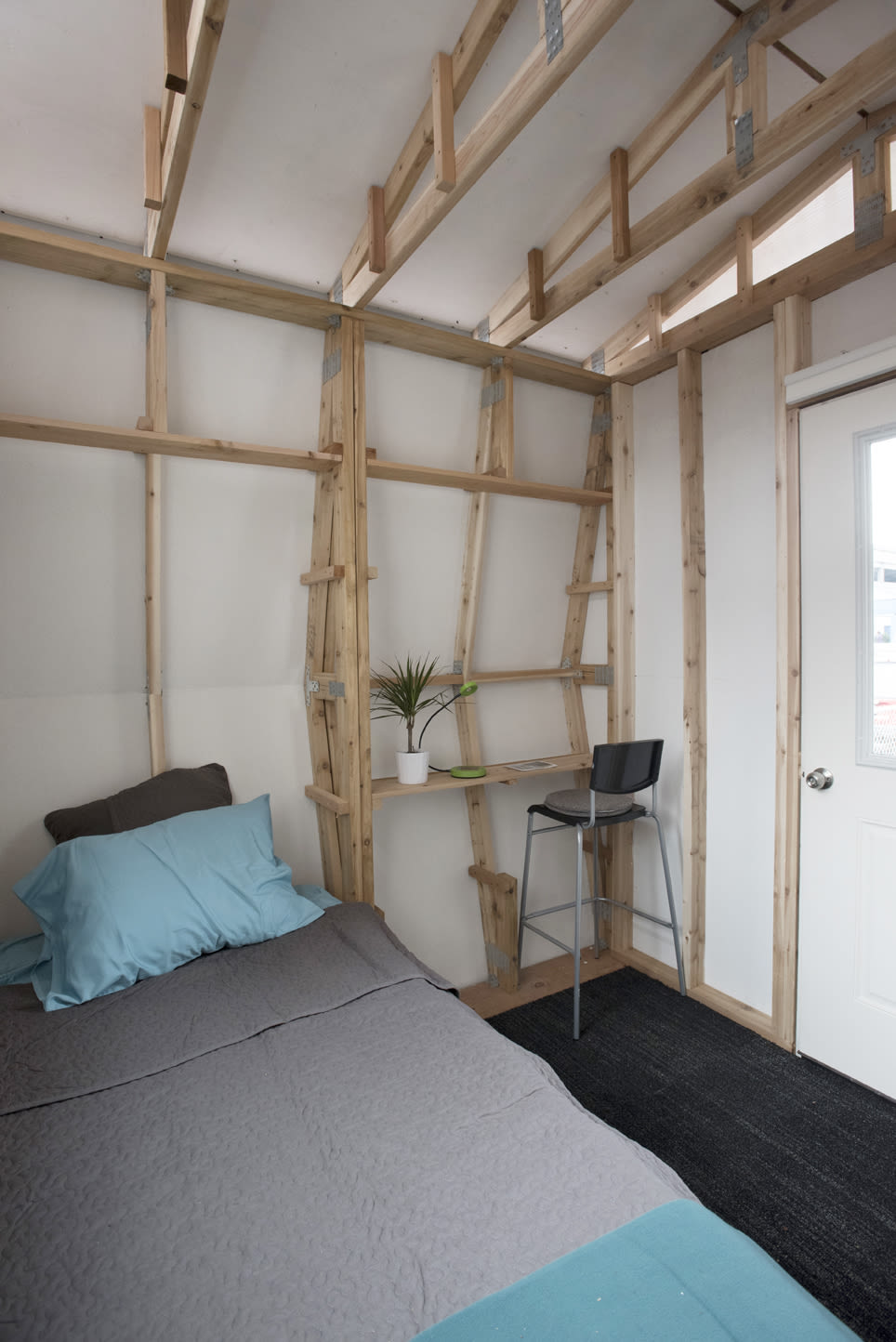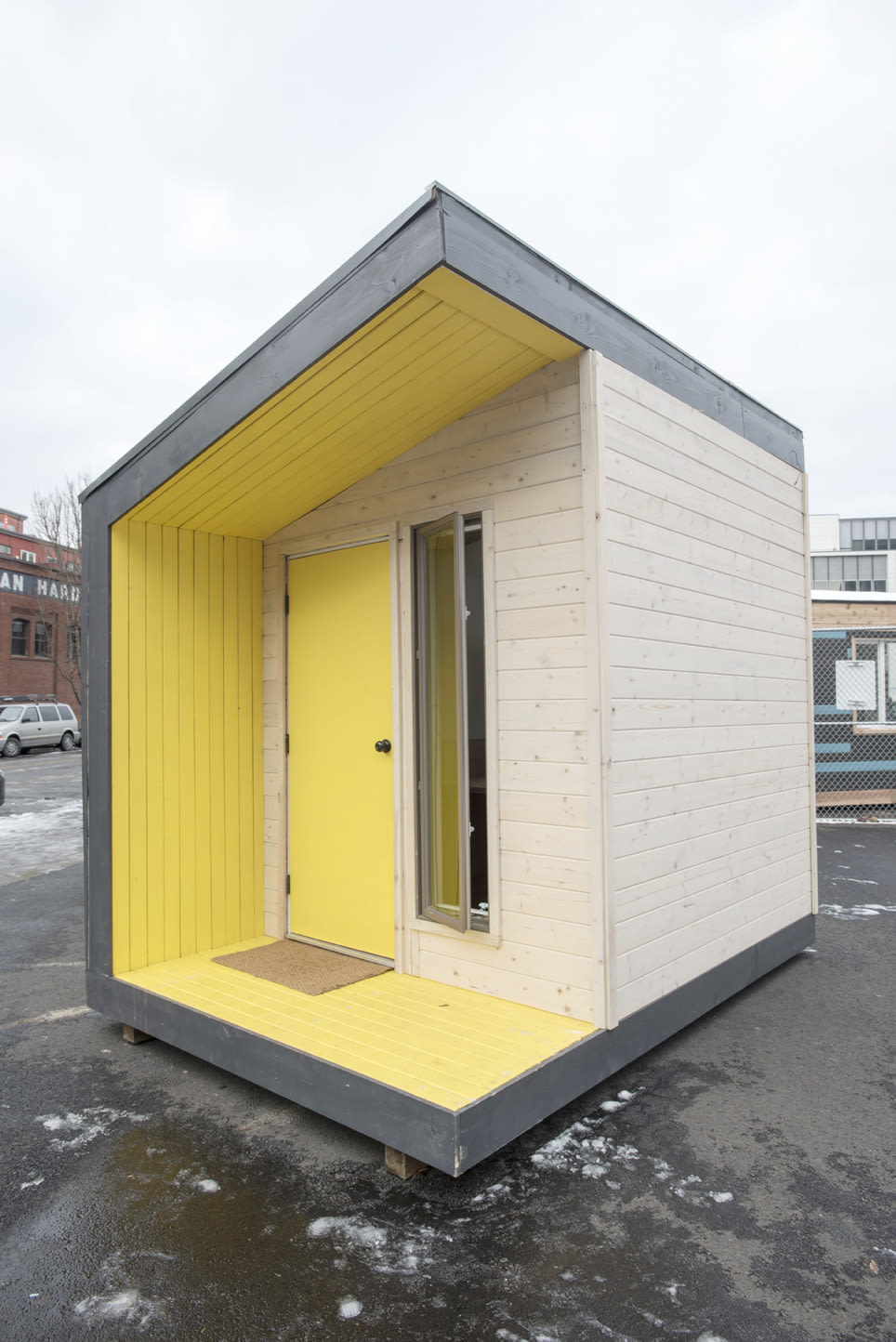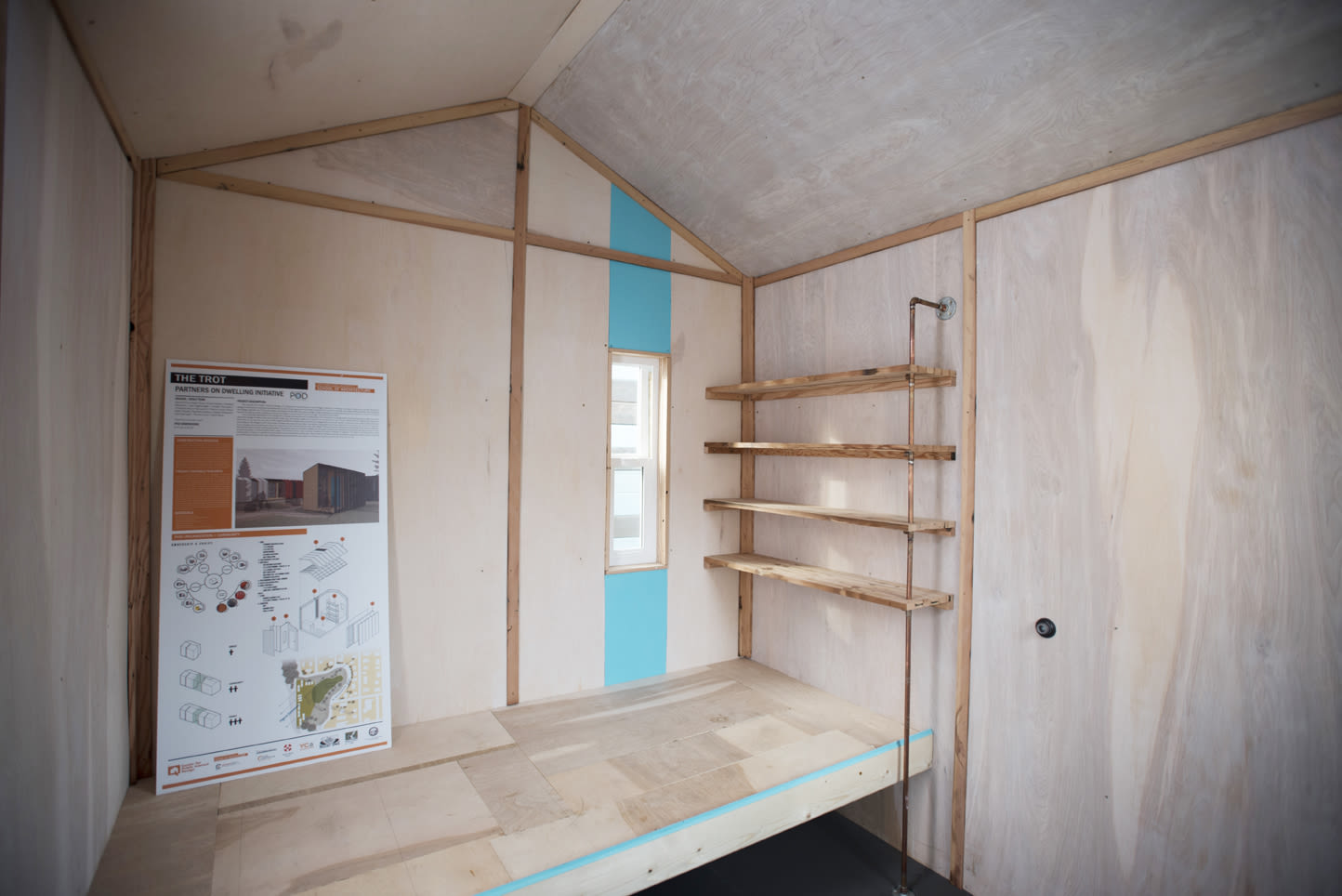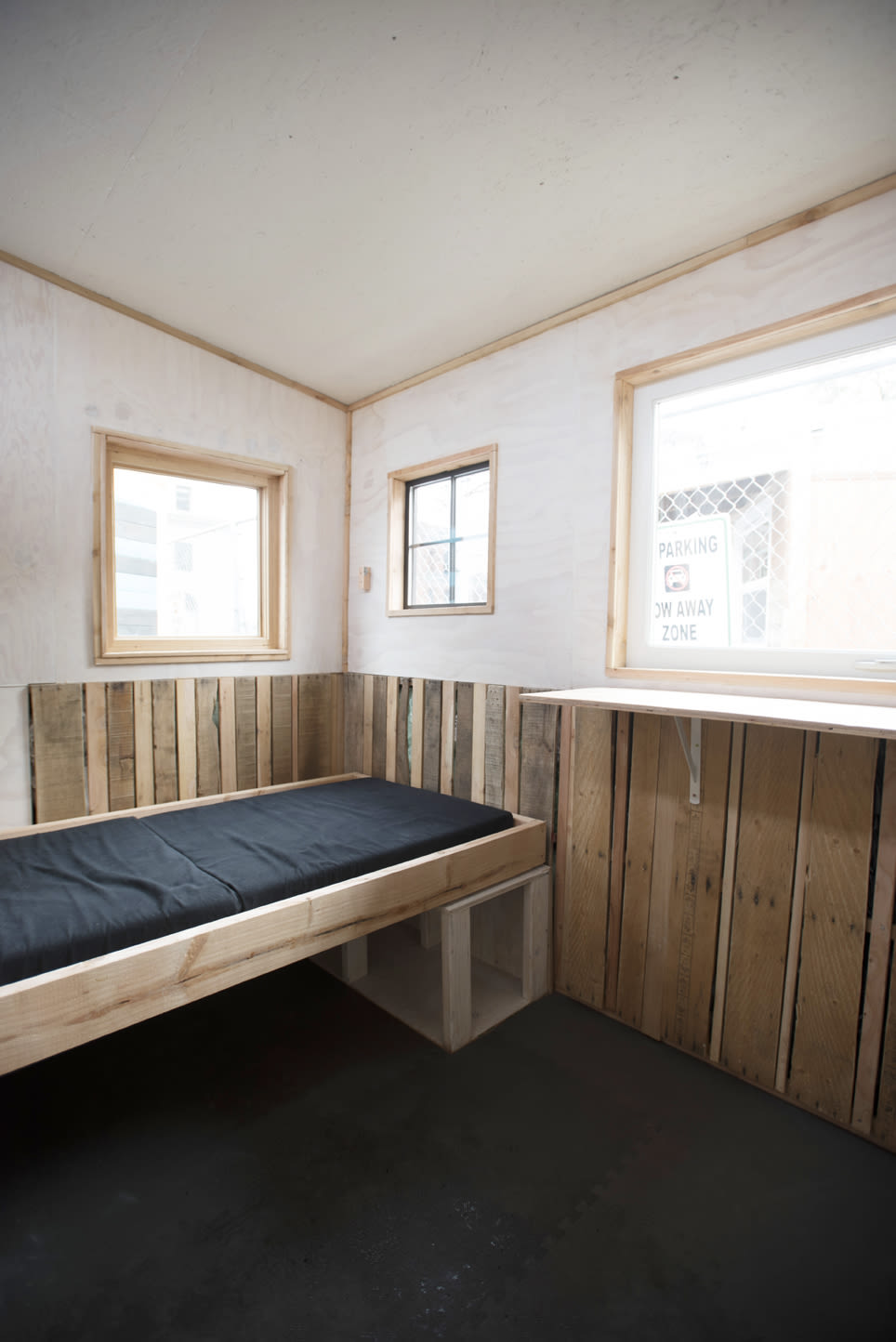These 'Sleeping Pods' Provide Safety and Warmth for Portland’s Homeless
To say Portland has a problem with homelessness is a gross understatement: an estimated 3,800 people in Multnomah County are houseless, according to a 2015 report by the city, and of that population, 49 percent sleep unsheltered every night. Despite attempts to legalize more city camping grounds, many Portlanders are facing this harshest of winters with, at most, a tent or other makeshift lodging. During his mayoral campaign, Ted Wheeler pledged that by 2019, shelter space will be available to everyone who wants to sleep inside, and now that he’s taken office, inquiring minds want to know: was his promise just a pipe dream?
Todd Ferry of PSU’s Center for Public Interest Design chooses to remain proactively optimistic. Following former Mayor Charlie Hales’ state of emergency announcement in 2015, Ferry formed the Partners on Dwelling Initiative to devise sustainable and safe shelters for Portland’s homeless with the help of, among others, the Mayor’s Office and the Village Coalition, an organization made up of activists and folks who have experienced houselessness. Ferry invited architects from some of the city’s most renowned firms, such as Holst and Mackenzie, to join Portland State’s own students in designing “sleeping pods” that will eventually form a village à la North Portland’s Hazelnut Grove.
Instrumental in helping Ferry organize the POD Initiative was Sergio Palleroni, who founded the Center for Public Interest Design, a component of PSU’s School of Architecture, with the aim of creating a forum where socially conscious design could become part of the solution for underserved communities everywhere. In addition to working on this project, students of the center have, for example, built a school in the Himalayas and an orphanage in Haiti. “We’re trying to transform the profession of architecture,” says Palleroni. “For years we’ve been trying to make design more inclusive. We think design is a human right.”
A North Portland warehouse served as the construction site for the 14 sleeping pods, each one no larger than 8-by-12 feet. Inspiration and conception varies greatly from pod to pod, including the one made by CPID fellows, which was fashioned entirely from reclaimed materials, and each is a marvel of cutting-edge design in its own right. The prototypes are not unlike the tiny homes of recent craze, which Palleroni says is part of the point. “Maybe people will go by [these pods] and think, ‘God, I want to live in a community like that.’ We want to dignify the situation to the point that [a pod village] will be a desirable thing for the neighborhood.”
The village itself, which will be an all-women haven, is intended for an unused piece of industrial land near Kenton Park, a move that has been met with criticism. The Kenton Neighborhood Association will vote on whether or not to move forward with the project in March, and Palleroni says that residents of Kenton have legitimate concerns—some worry the village will become overcrowded with squatters, or it will introduce a drug problem to the area. Ferry points to other houseless communities such as Hazelnut Grove as a source for hope. “There’s been so much success in terms of them forming a strong social infrastructure,” he says.
Overall, however, the community support has been tremendous. Says Palleroni, “Right now, we probably have hundreds of people who want to participate in some way.”
